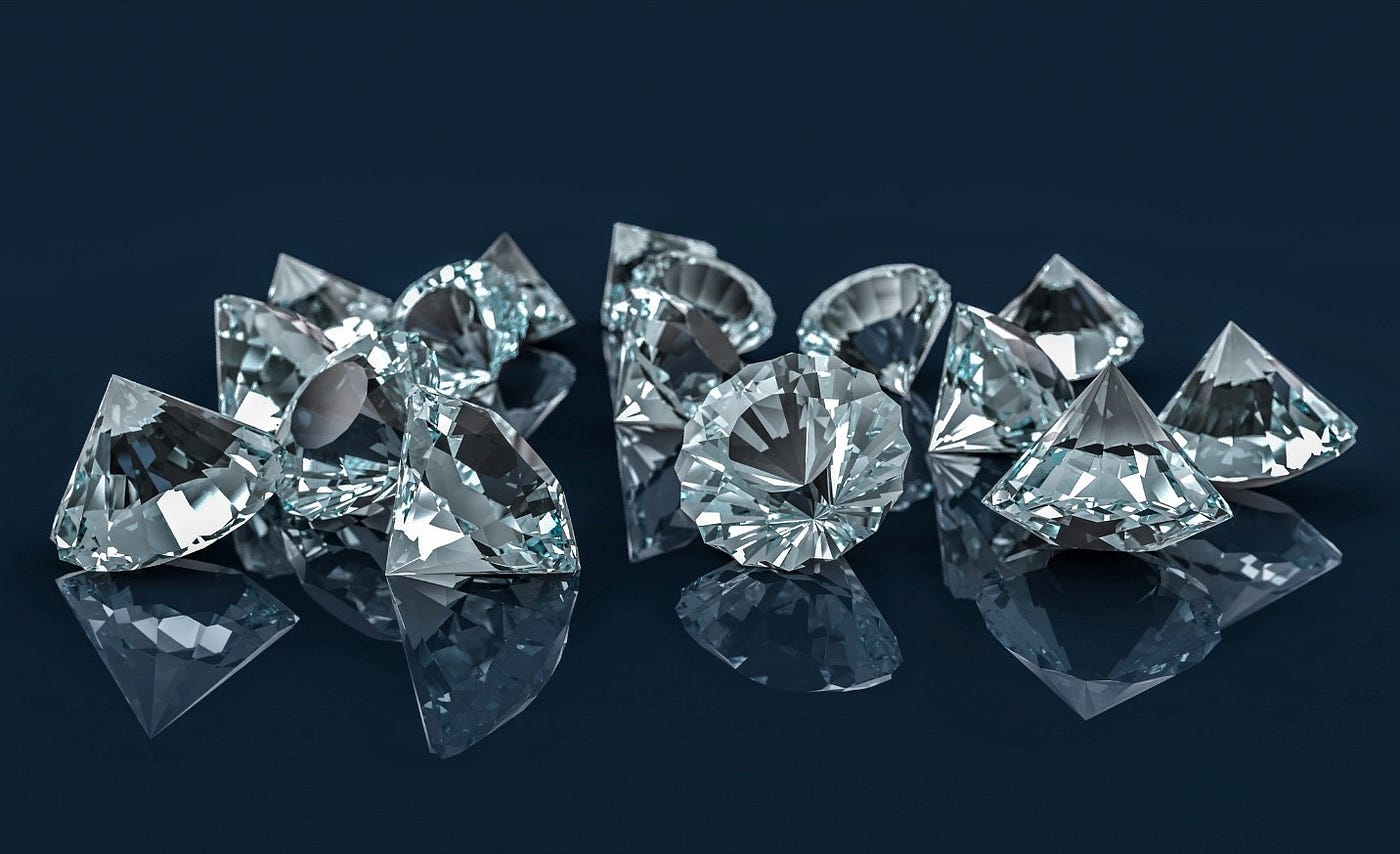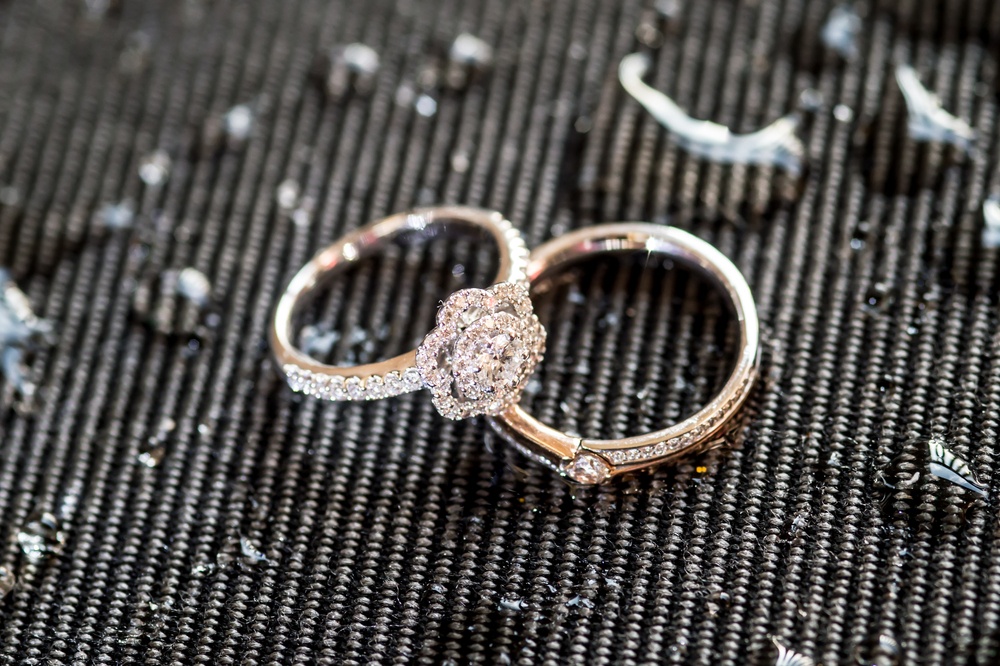Table of Contents
The Genesis of Lab-Grown Diamonds
The story of lab-grown diamonds begins with scientific ingenuity and a desire to replicate the natural diamond formation process in a controlled environment. Early research into diamond synthesis dates back to the mid-20th century, with breakthroughs in High Pressure High Temperature (HPHT) and Chemical Vapor Deposition (CVD) techniques. These advancements enabled scientists to create diamonds with the same physical and chemical properties as mined diamonds, but without the environmental and ethical concerns associated with traditional diamond mining.
How Lab-Grown Diamonds are Made
The production of insider story of lab diamonds better involves sophisticated technology that mimics the conditions under which natural diamonds form. HPHT diamonds are created by subjecting carbon to extreme pressure and temperature, replicating the natural conditions found deep within the Earth’s mantle. CVD diamonds, on the other hand, are grown by depositing carbon atoms onto a substrate in a vacuum chamber, gradually forming a diamond crystal. Both methods produce diamonds that are chemically identical to natural diamonds, allowing for the creation of high-quality gemstones with fewer environmental impacts.
The Shift in Consumer Attitudes
The insider story of lab diamonds also highlights a significant shift in consumer attitudes towards diamonds. As awareness of ethical and environmental issues has increased, many consumers are seeking alternatives to mined diamonds. Lab-grown diamonds offer a compelling solution, providing the same beauty and durability as natural diamonds without the associated ethical dilemmas. This growing demand for lab-grown diamonds reflects a broader trend towards sustainable and responsible consumption, as consumers become more conscious of the origins of their luxury goods.
The Impact of Lab-Grown Diamonds on the Jewelry Industry
Lab-grown diamonds have had a profound impact on the jewelry industry, challenging traditional perceptions and practices. Their emergence has introduced new players into the market, offering a range of innovative designs and competitive pricing. The ability to produce high-quality diamonds at a lower cost has led to increased accessibility for consumers, democratizing luxury and making fine jewelry more affordable. Additionally, the rise of lab-grown diamonds has prompted established jewelers to adapt their offerings, incorporating these gems into their collections to meet evolving consumer preferences.
The Role of Certification and Quality Assurance
As lab made diamonds have gained popularity, certification and quality assurance have become crucial aspects of the industry. Reputable gemological laboratories, such as the Gemological Institute of America (GIA) and the International Gemological Institute (IGI), provide certification for lab-grown diamonds, ensuring that they meet high standards of quality and authenticity. This certification process helps maintain consumer confidence and provides transparency regarding the diamond’s characteristics. For investors and consumers alike, understanding the certification process is essential to making informed decisions and ensuring the value of their lab-grown diamond purchases.
The Environmental Benefits of Lab-Grown Diamonds
One of the most compelling aspects of the insider story of lab diamonds is their environmental benefits. Traditional diamond mining has significant ecological impacts, including habitat destruction, water pollution, and soil erosion. In contrast, lab-grown diamonds are produced with minimal environmental footprint, utilizing less water and energy compared to conventional mining practices. This commitment to sustainability aligns with the growing emphasis on eco-friendly and ethical practices in the luxury sector, making lab-grown diamonds an attractive option for environmentally conscious consumers.
The Future of Lab-Grown Diamonds: Innovation and Growth
Looking ahead, the future of lab-grown diamonds is characterized by continued innovation and growth. Advances in technology are expected to enhance the quality and affordability of lab-grown diamonds, further expanding their appeal. Additionally, as consumer preferences continue to shift towards sustainable and ethical products, the demand for lab-grown diamonds is likely to grow. The industry’s ability to adapt and innovate will play a key role in shaping the future of lab-grown diamonds, positioning them as a leading choice in the global jewelry market.
Lab-Grown Diamonds in Popular Culture
The insider story of lab diamonds also includes their growing presence in popular culture. As celebrities and influencers embrace lab-grown diamonds, their visibility and acceptance are further solidified. High-profile endorsements and media coverage have contributed to a broader awareness of lab-grown diamonds, helping to reshape public perceptions and drive their mainstream adoption. This cultural shift reflects a broader acceptance of lab-grown diamonds as a desirable and ethical alternative to traditional mined gems.
Conclusion
The insider story of lab diamonds is a testament to the remarkable advancements in technology, shifting consumer attitudes, and the growing emphasis on sustainability. From their inception as a scientific curiosity to their current status as a major player in the jewelry industry, lab-grown diamonds represent a transformative force in the world of luxury. As the industry continues to evolve, lab-grown diamonds are poised to play an increasingly prominent role, offering consumers and investors alike a compelling combination of beauty, ethics, and innovation.




